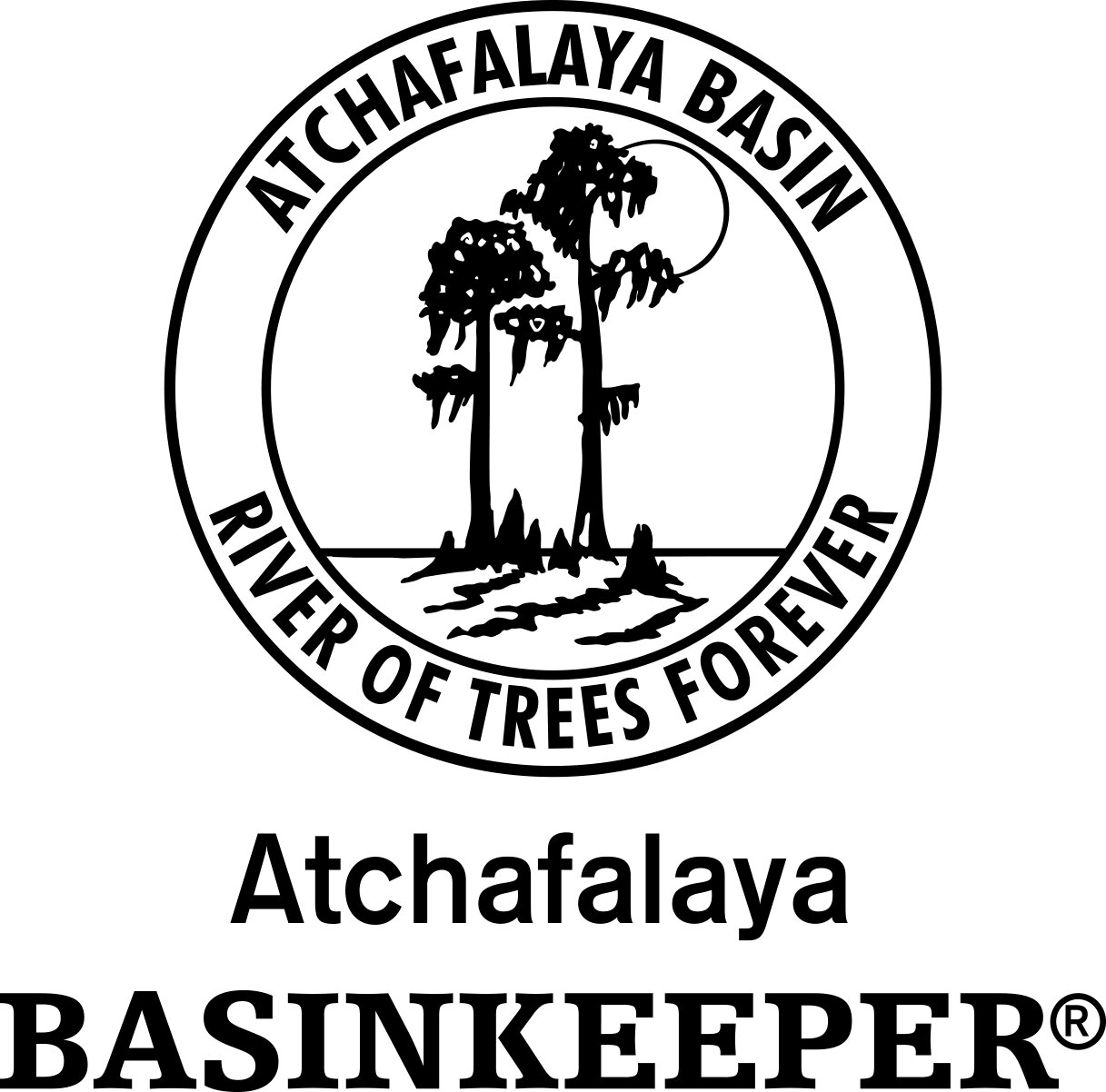As Covid 19 is ravaging through our communities, the threats to the Atchafalaya Basin continues, with a renewed furry and trying to take advantage of situation. ABK continues fighting, undeterred to meet those threats, for our communities, our members, the birds and animals that depend on the Basin and our children, grandchildren and generations to come.
As we continue to socially isolate amidst the health crisis, it is critical we all stay informed. This newsletter contains NEWS and information of the work we have been doing in 2020 along with UPCOMING information.
NEWS
EPA –The U.S. Environmental Protection Agency (EPA) suspended enforcement of our environmental laws. Using the COVID-19 pandemic as an excuse, the decision is right in line with the agency’s nearly four years of giveaways to corporate polluters and weakening environmental regulations. Amid this horrible crisis, we are now at the mercy of large corporations on the amount of toxic pollutants that we and our children will be exposed through the air we breathe, the fish we eat and the water we drink. Pollution enforcement is now more than ever on the shoulders of groups like ABK. EPA SUSPENDS ENFORCEMENT
ABK signs on Letter to CEQ against Proposed NEPA Rollbacks -
Atchafalaya Basinkeeper along with 330 conservation, health, and justice organizations and businesses signed on to the letter opposing the proposal to massively roll back critical protections provided by the National Environmental Policy Act. This letter urges the Council on Environmental Quality (CEQ) to withdraw its attack on NEPA and fulfill its mission to ensure that federal agencies protect the environment support public health and prevent wasteful spending. Read More under News May 22, 2020
East Grand Lake Project- The biggest threat to the Atchafalaya Basin is sedimentation. The biggest contributor to this threat is by far, government funded river diversion projects designed to fill those wetlands with sand and silt to benefit a hand full of corporate landowners/waterbottom claimants under the disguise of “water quality projects”. The Buffalo Cove and Beau Bayou Projects have already devastated huge amount of wetlands, lakes and bayous. The EGL project will be another project that will destroy huge amounts of wetlands.
From Dr. Ivor Van Heerden report: So, this EGL project, in just a four-month flood based on 2011 data (Welch et al, 2014) covers 1188 acres with at least 4 inches of sediment, and this is a very conservative estimate. If you review Table 3 (Stations 10 and 11) you will see that the suspended sediment loads measured during the 2011 flood were well below the median of the historical data.” See van Heerden Expert Report page 12.(link below)
ABK is making a priority to stop this project. So far, we have sent 1 comment letter to the Corps and two comment letters to the Atchafalaya Basin Program under Coastal Protection and Restoration Authority.
We recently obtained 1979 EPA report that warns the state and the Corps against such projects and the threat they pose to swamps and the Basin flood capacity. ABK has sent this report and additional comments to Corp and CPRA on 4/27/20.
For all documents associated with the EGL Project including, Dr. Ivor Van Heerden’s report and response to SIGMA, please visit https://www.basinkeeper.org/east-grand-lake
Eminent domain case update - because the three judge panel that heard our arguments on appeal has resulted in two-judges on our side and one against us our case is now scheduled to go before a five-judge panel in the court of appeal for the Third Circuit in Lake Charles.
"Check out this article to learn more about our efforts to hold Bayou Bridge Pipeline, a multi-billion dollar for-profit company, accountable under the law for months of flagrant trespass on the property of another, and to protect the rights of all Louisianans to property and a healthy environment. ABK continues to protect YOUR rights to a healthy environment, and to the constitutional freedoms fundamental to our nation and our state. Article
Court filings – Grand Lake - Represented by the Tulane Environmental Law Clinic, Atchafalaya Basinkeeper, LCPA-West and Healthy Gulf yesterday filed a lawsuit against the U.S. Army Corps of Engineers, challenging their permit for the Louisiana Department of Natural Resources’ Grand Lake Restoration Project. The original permit, that we supported, was posted for public notice for the removal of a 17-acre island in Grand Lake. The island was created in 2011 when a plug on a pipeline owned by Enterprise failed, allowing river water full of sand from the Atchafalaya River to move into Grand Lake. LDNR proposed to suction-dredge the island and dump it into the river to be carried by the river to the coast. LDNR then changed the permit after the public comment period to instead use the dredged material to backfill the Enterprise pipeline canal, protecting for free their exposed pipeline and creating an ecological nightmare, since much of the liquid sand from the dredging filled Schwing Chute and adjacent wetlands or flowed back into Grand Lake.
To read more and see the documents/photos associated with the case click here.
To see our monitoring trip to inspect the reported dike breech click here.
UPCOMING
Website – We will be updating our website, to provide more information and documentation to empower our members with knowledge. Please check back frequently for the latest news and updates. basinkeeper.org
ABK Member Meetings- One of the goals this year was to establish member meetings in areas surrounding the Atchafalaya Basin. With the shutdown, we are looking to find new ways to have membership meetings. If you or someone you know would be interested in being a part of the Meeting Committee in your area, Please give me a call and let’s get started. Monica Fisher 225-685--9439
Volunteer Opportunities – We love our Volunteers!!
July, October and December we do our Mail Outs. This is fun and filling, as Dean cooks fried fish and shrimp while we get to catch up with one another.
January is our Save the Basin Event, there are many great ways to get involved, staffing, pre event organization, music, photography.
Though out the year there are volunteer opportunities for website help, Facebook and Instagram postings, Basin monitoring photography and film making, and soon for the ABK member meetings.





